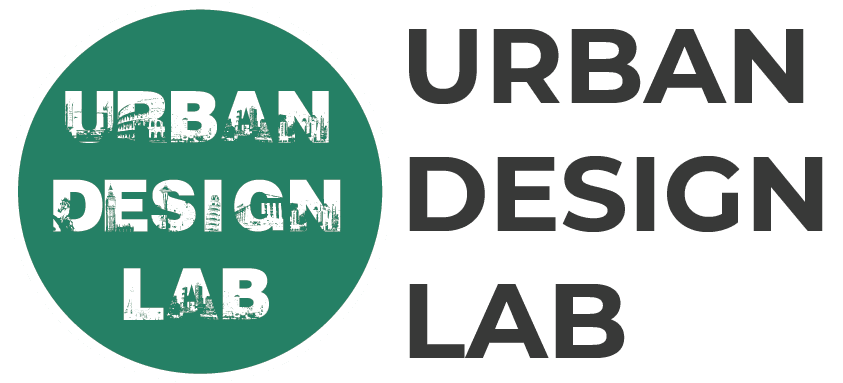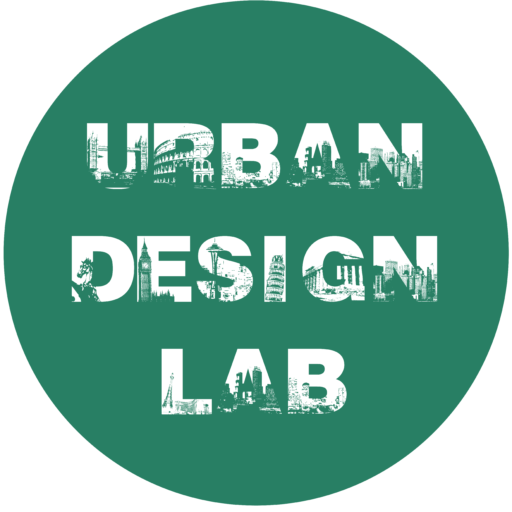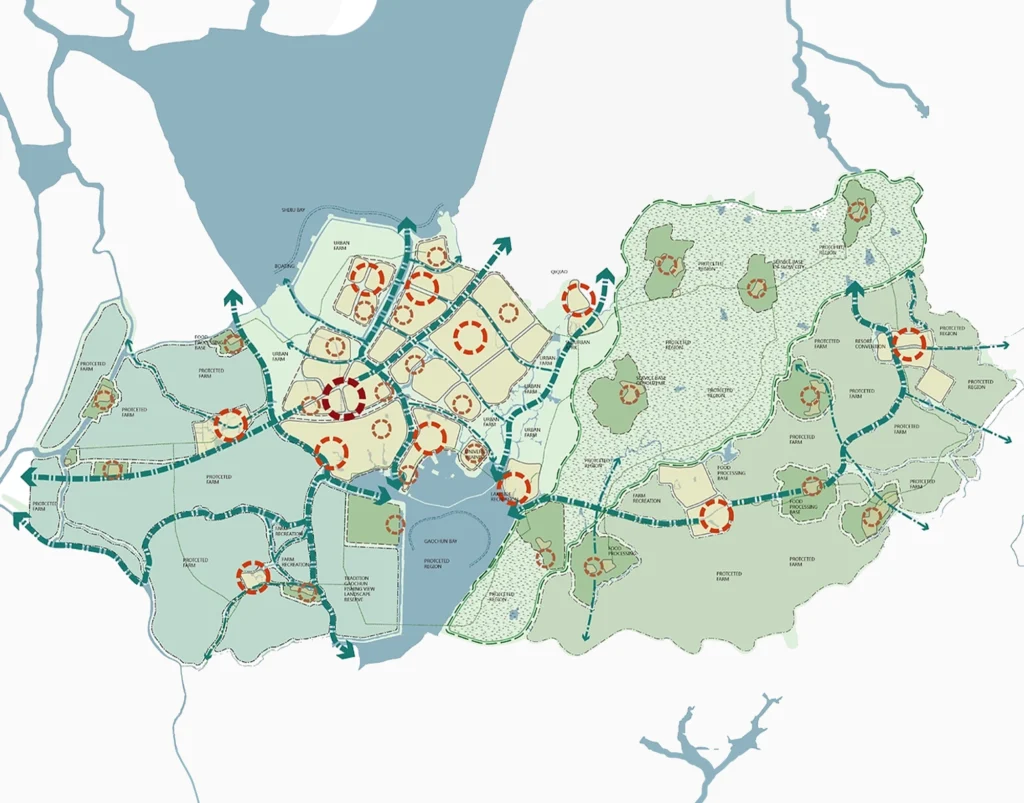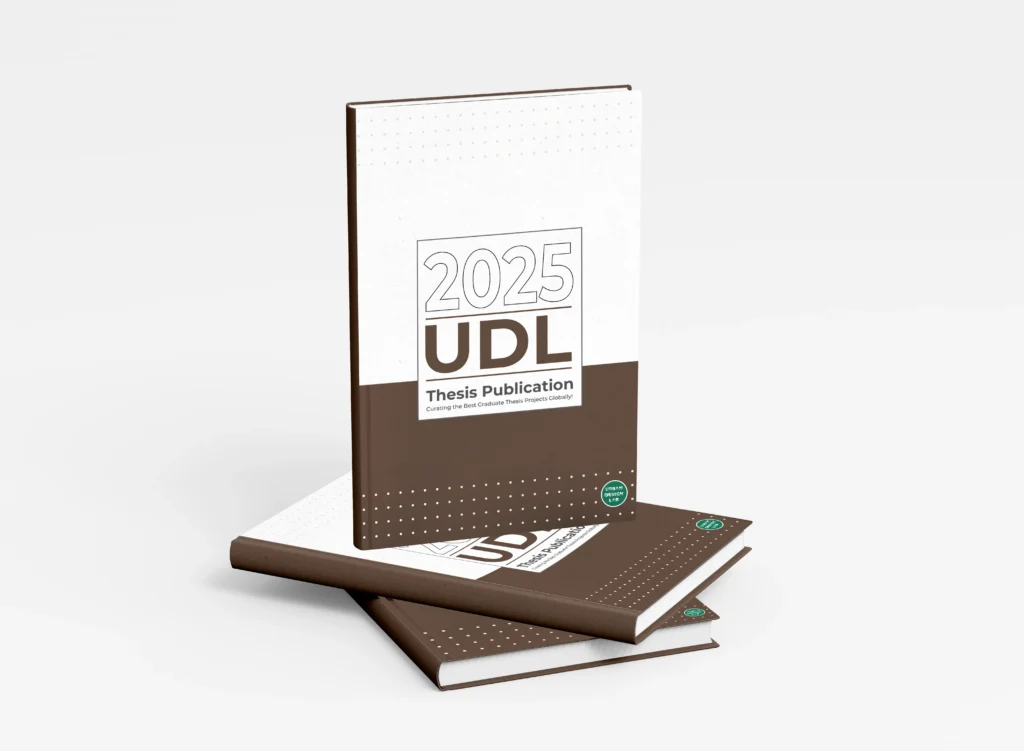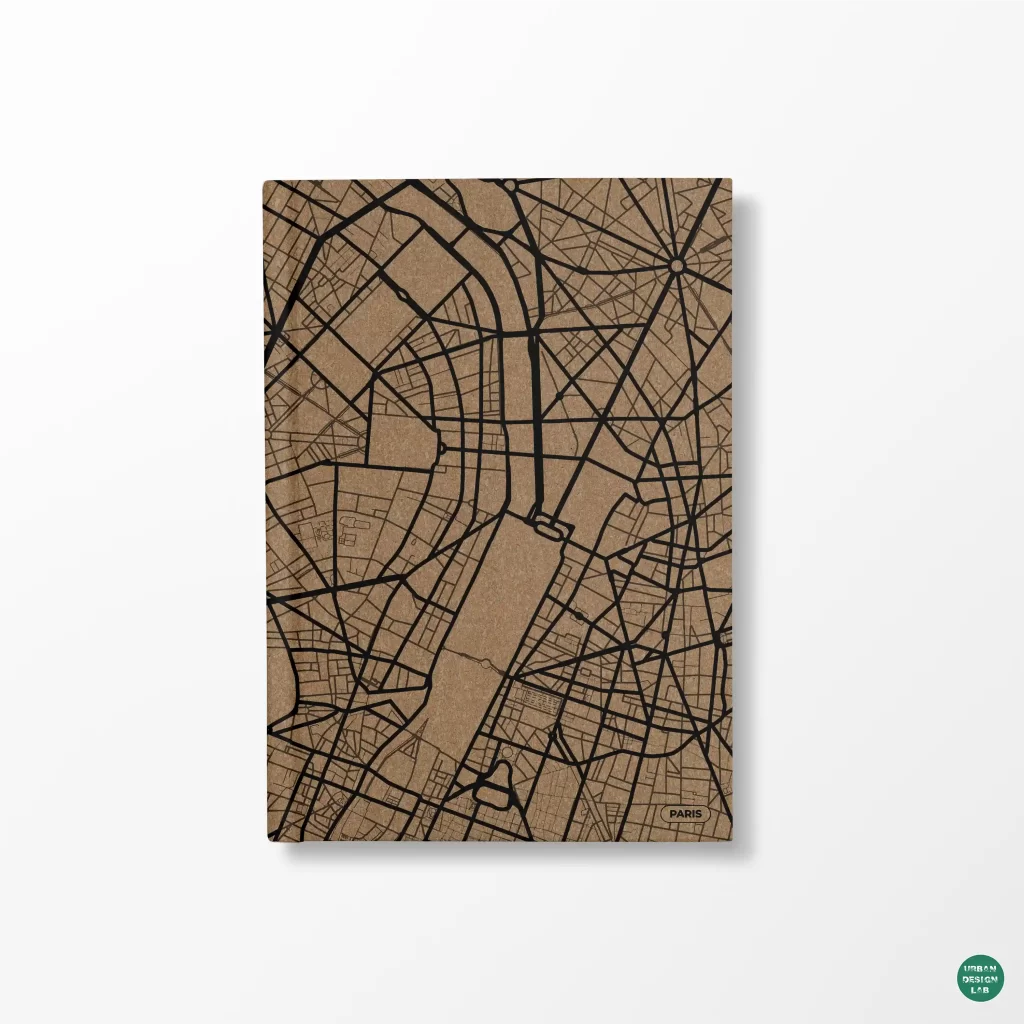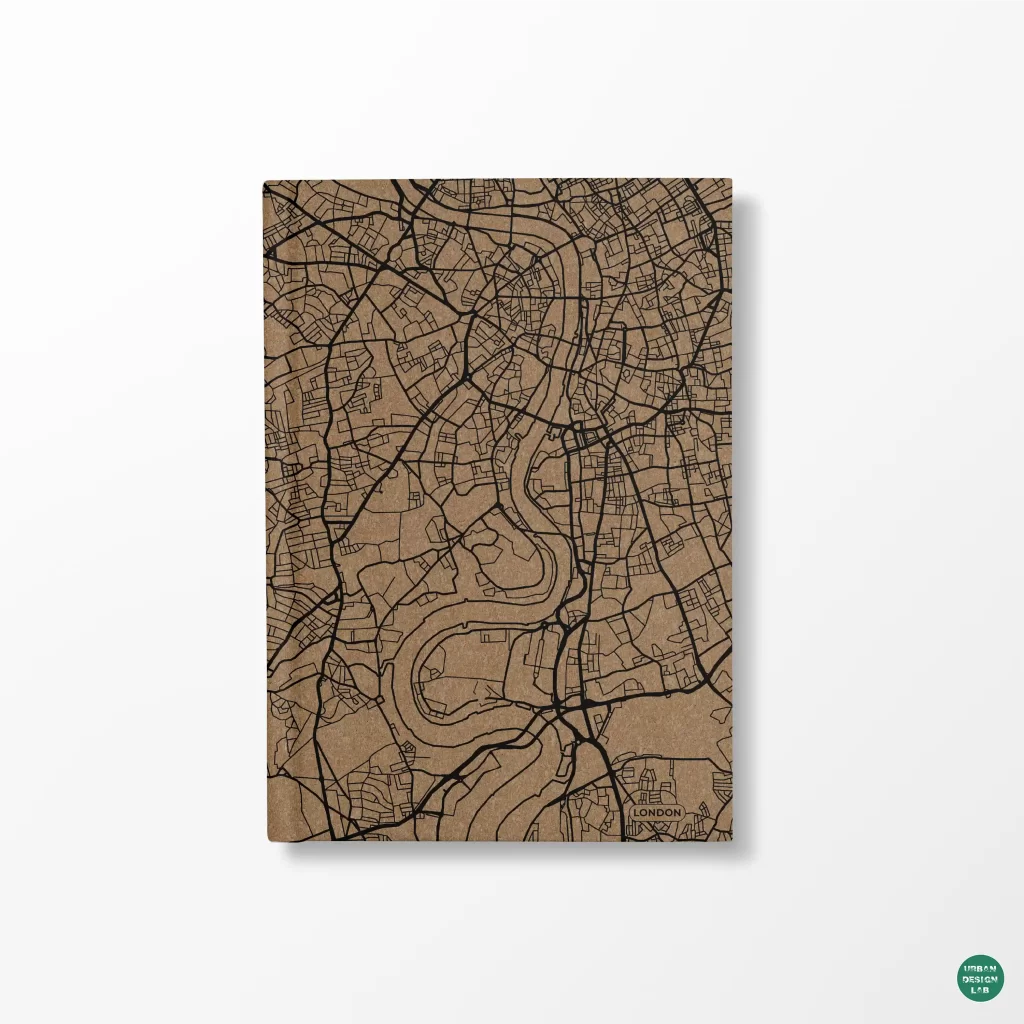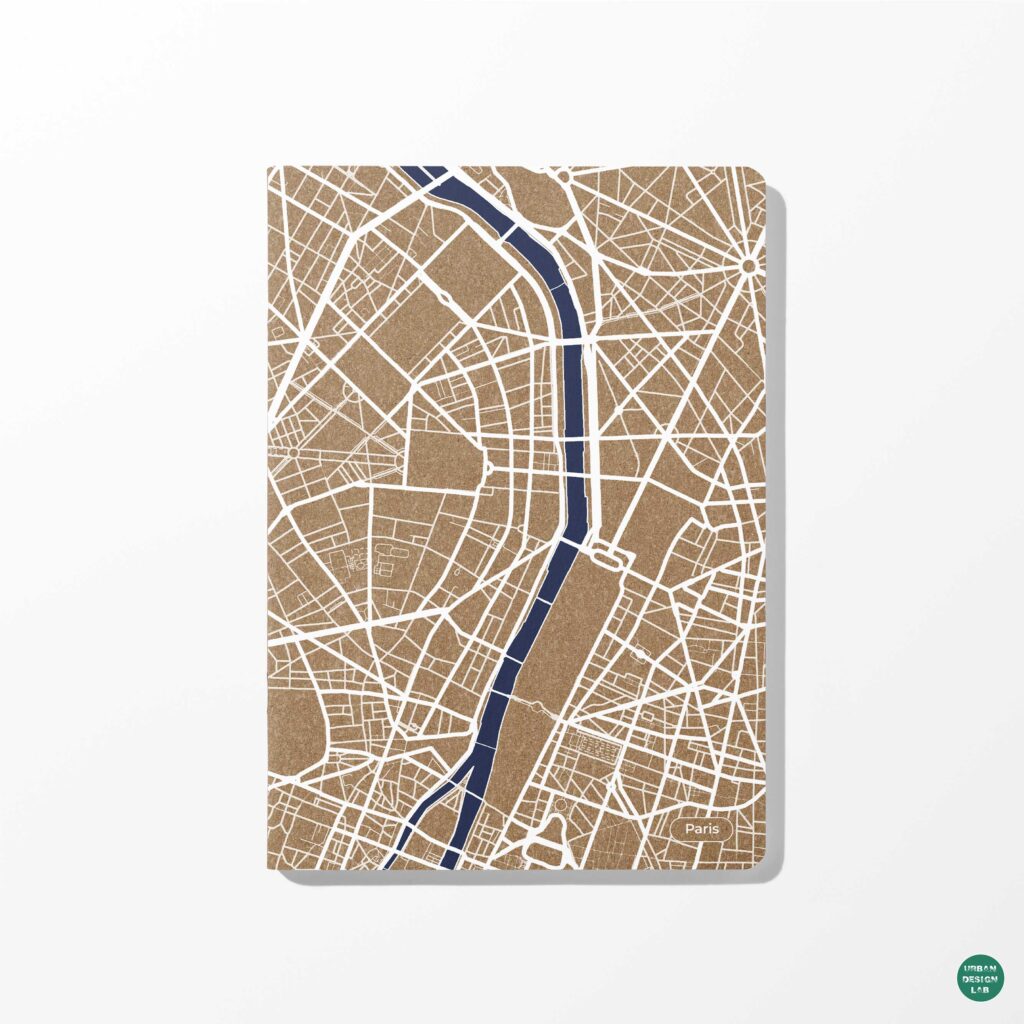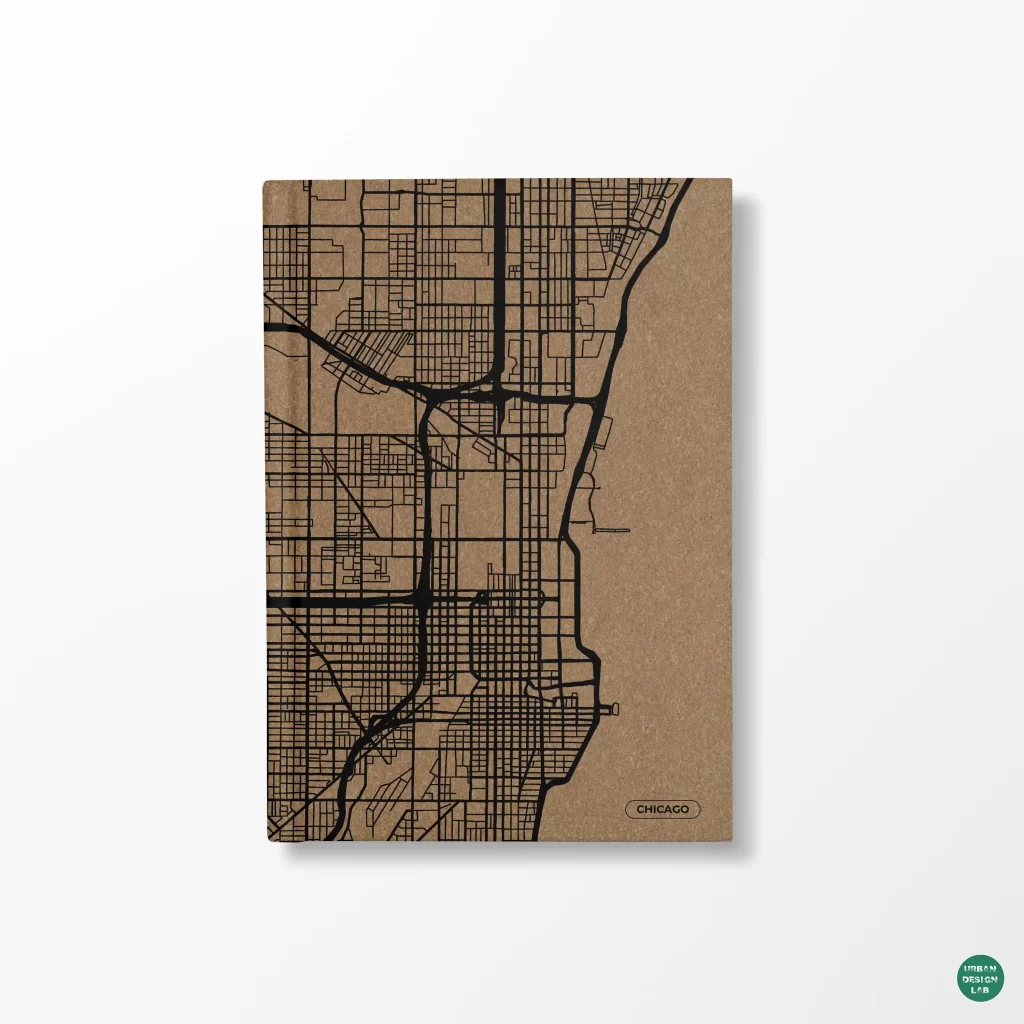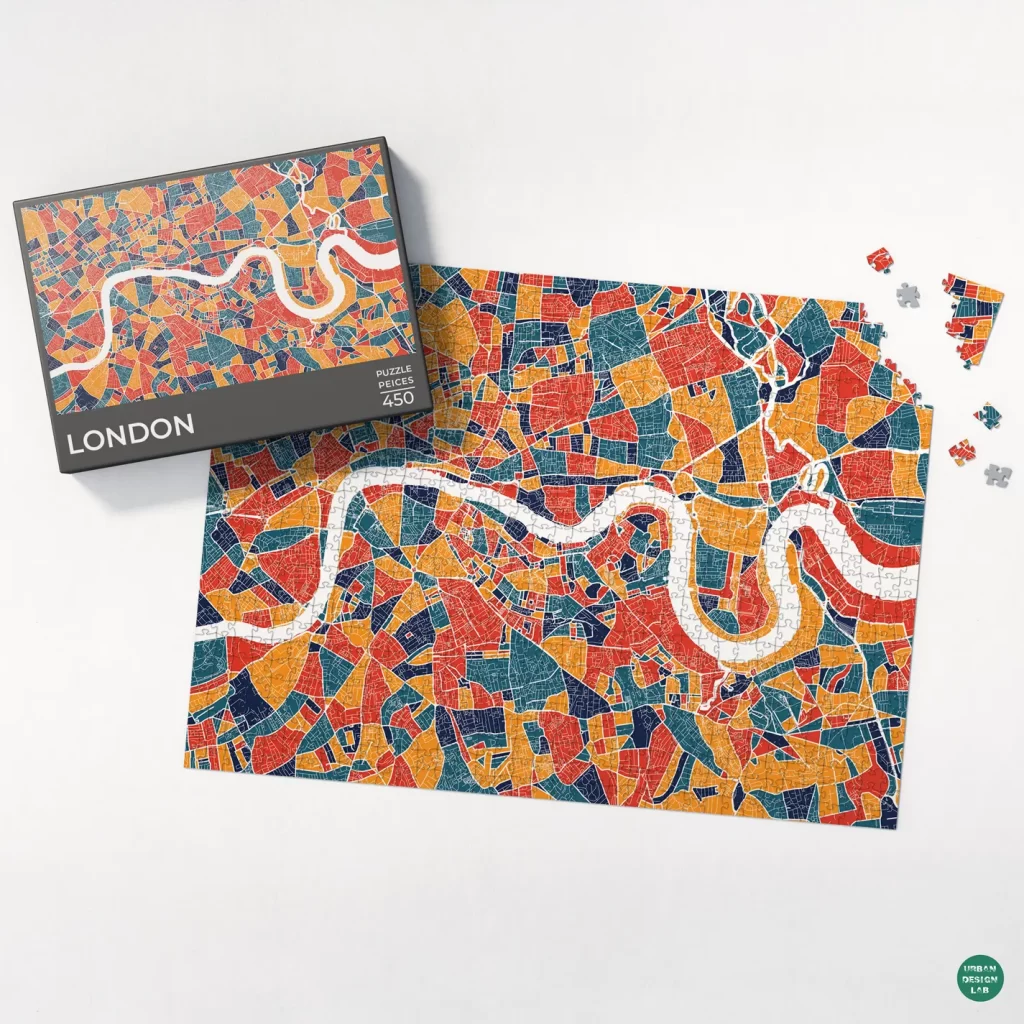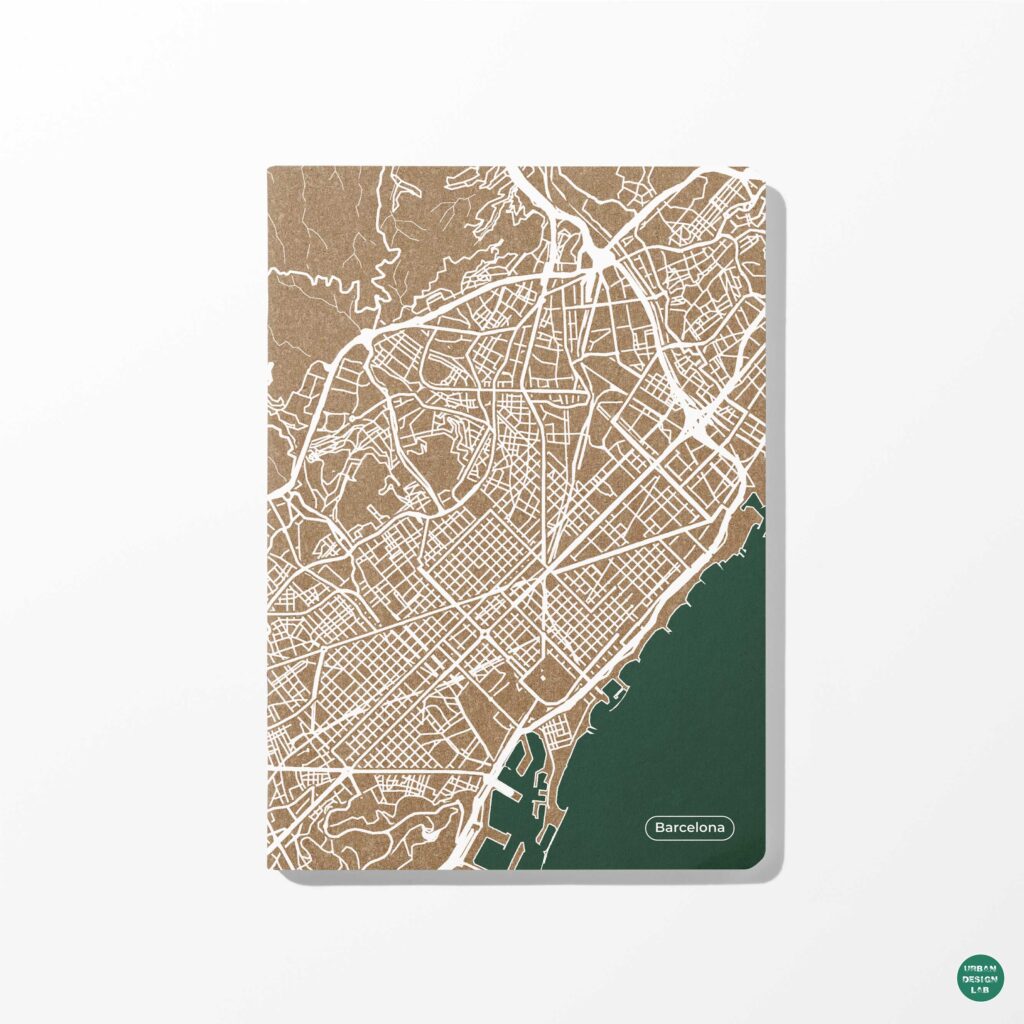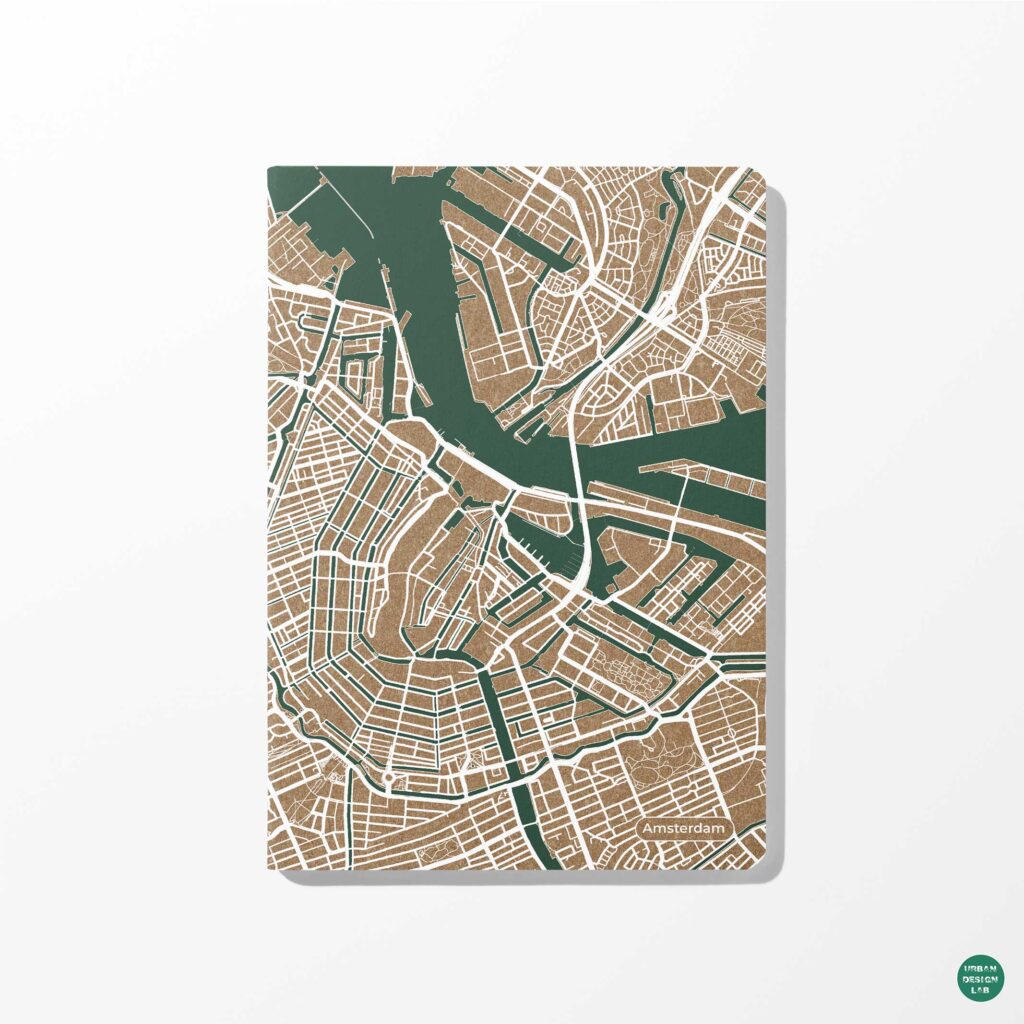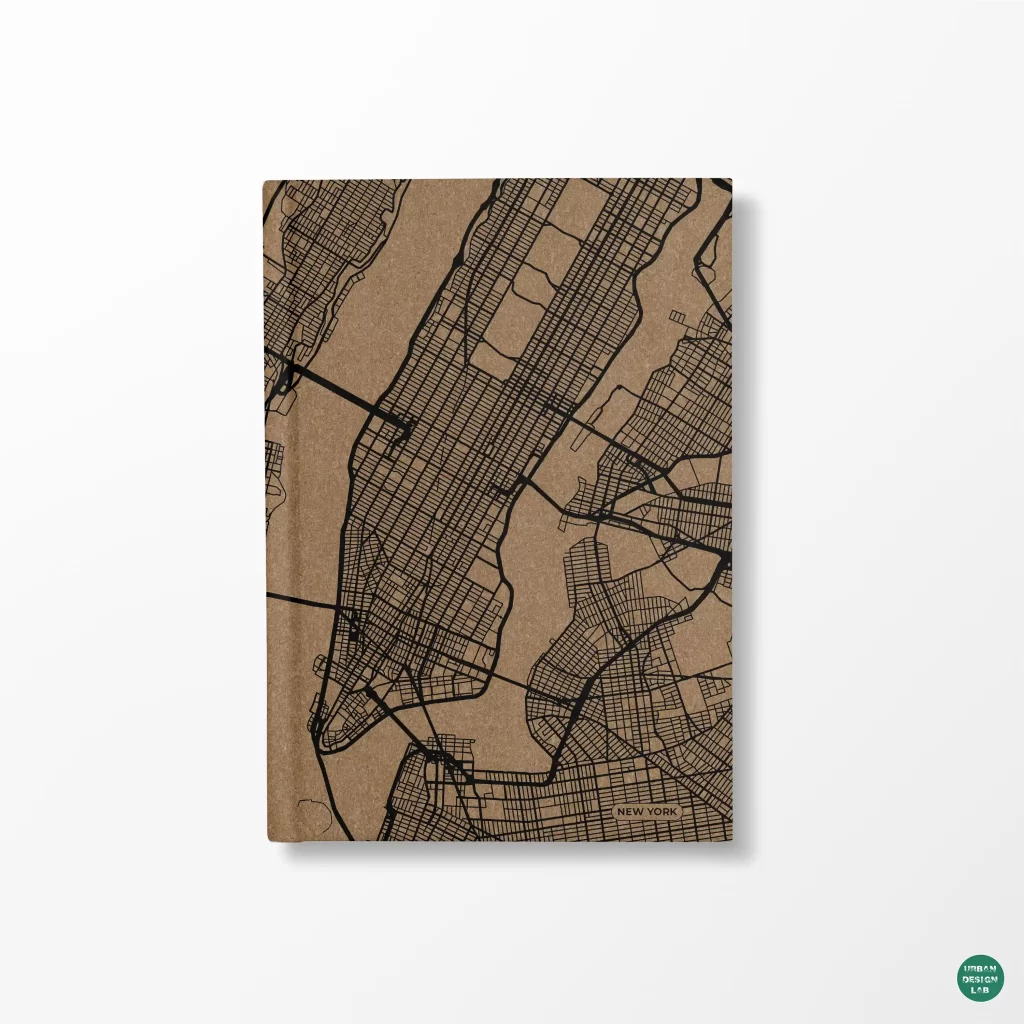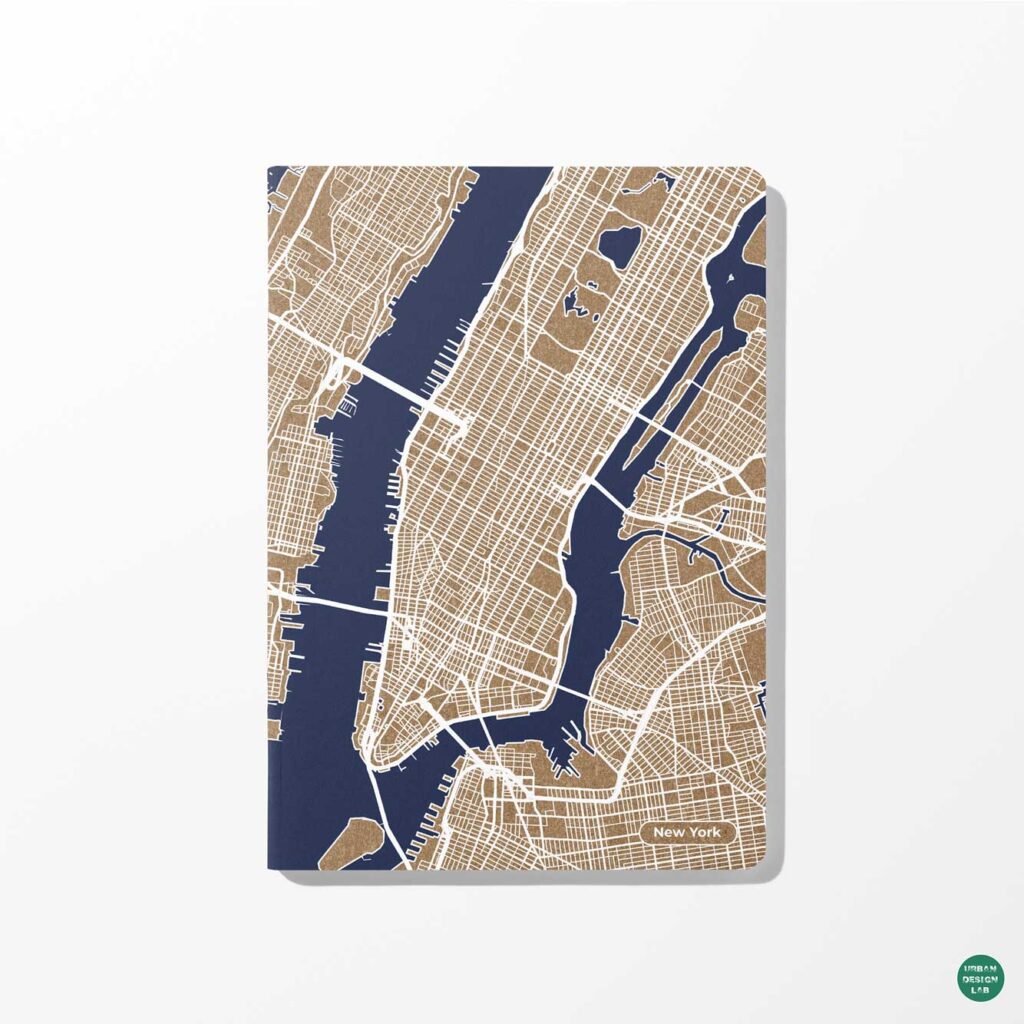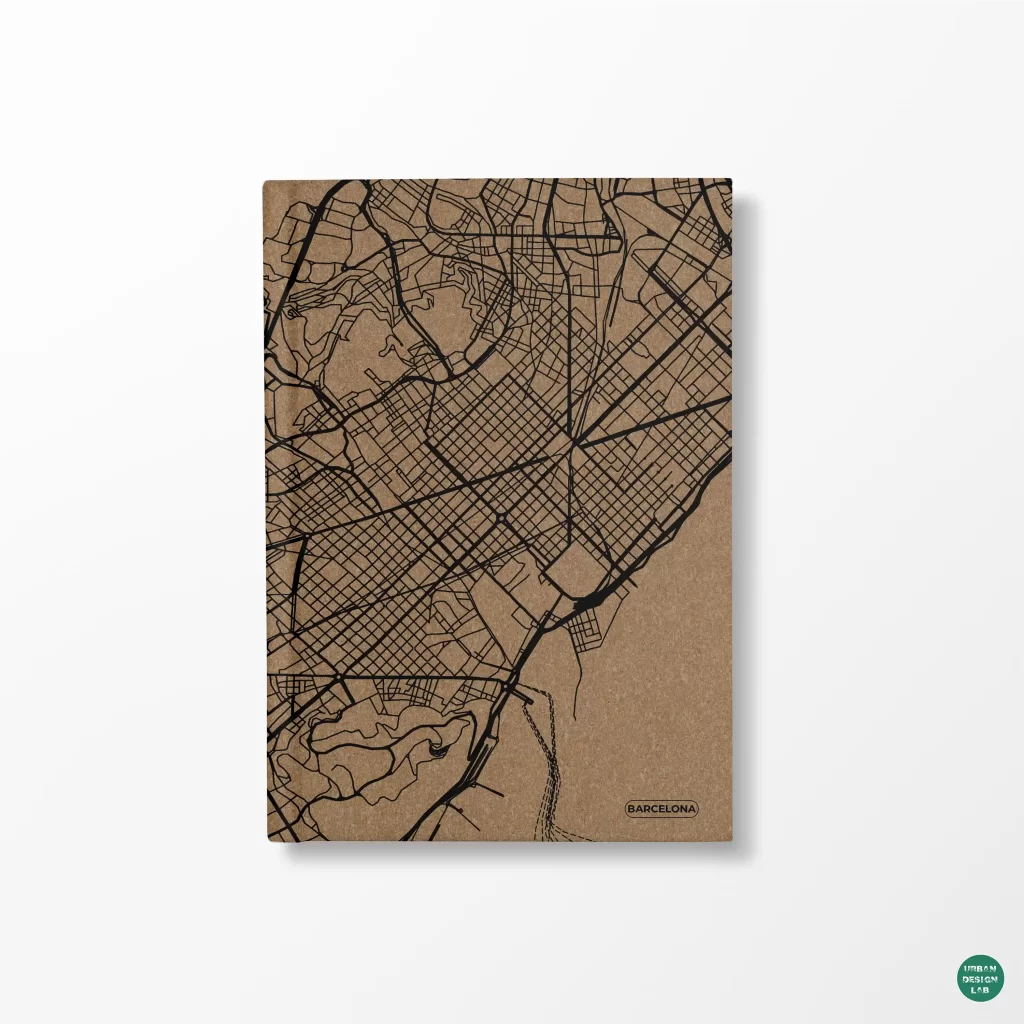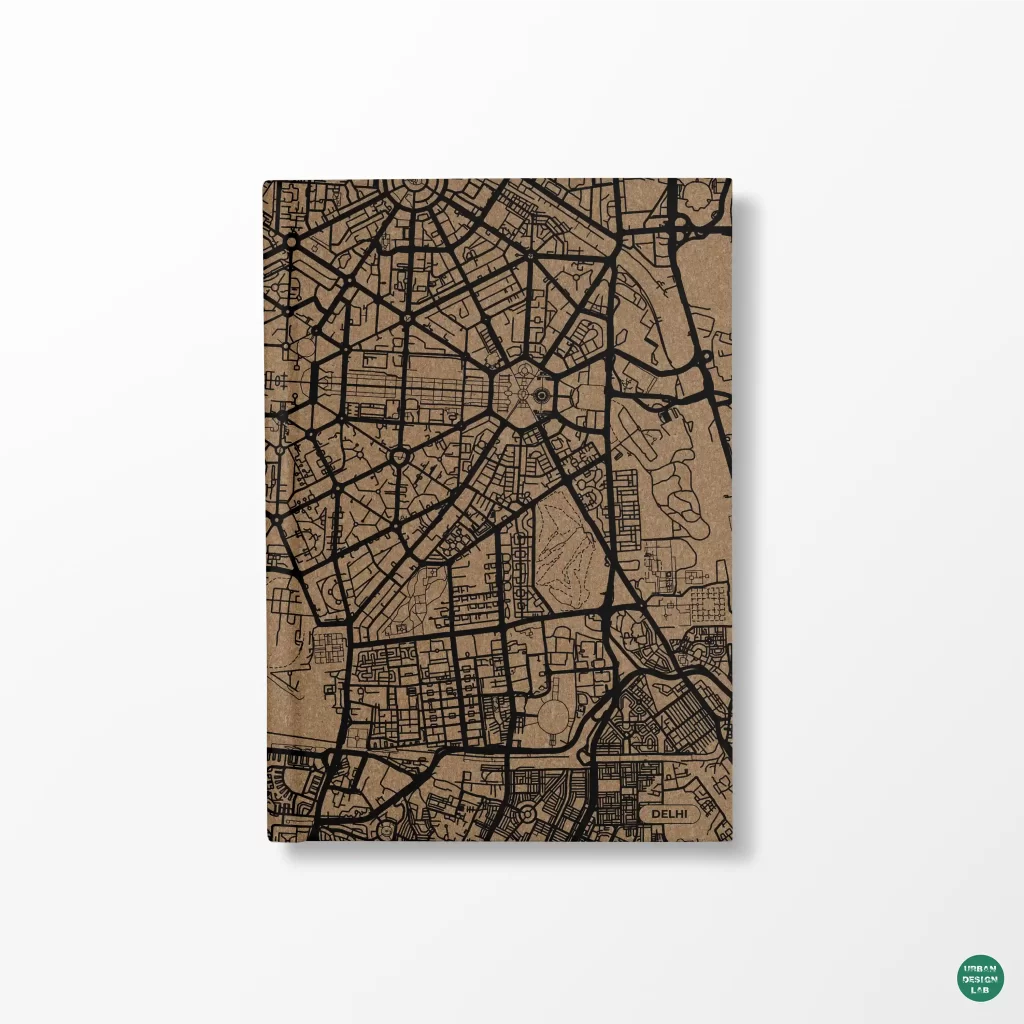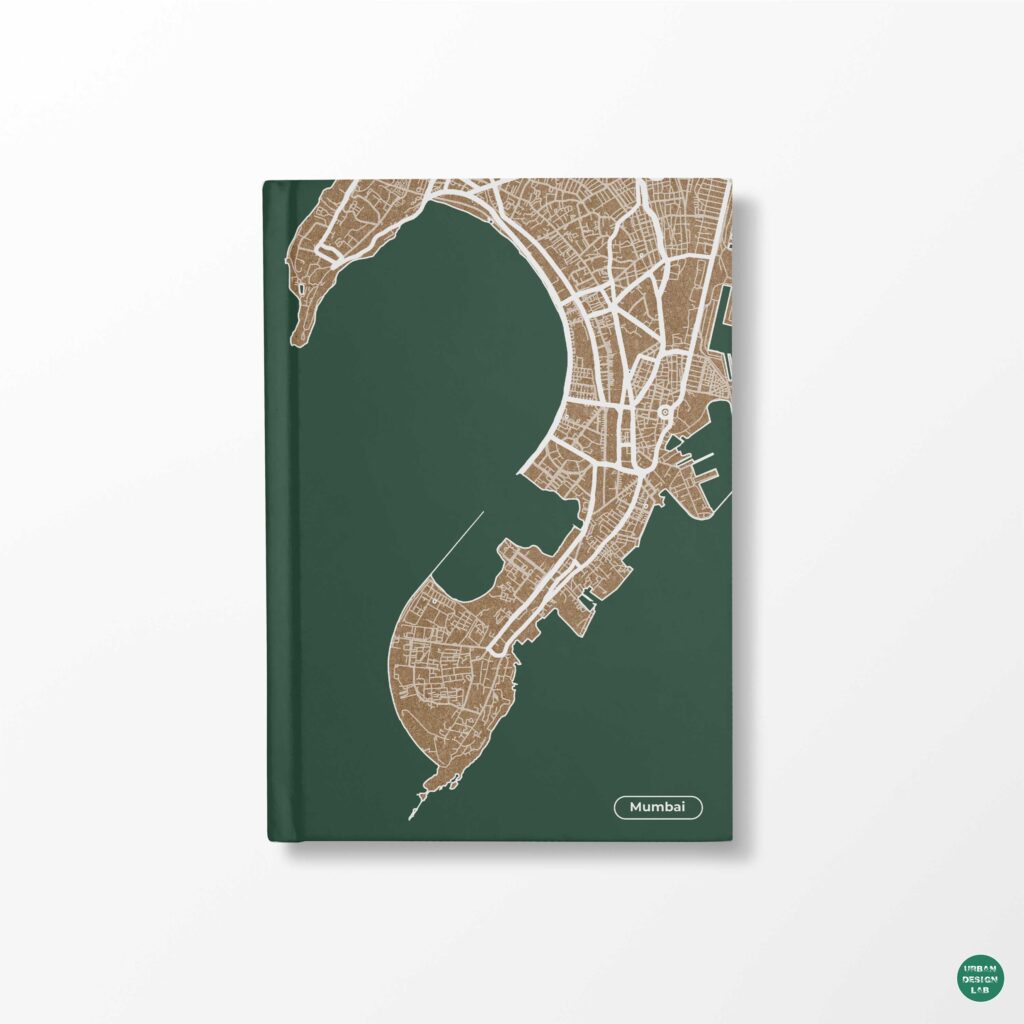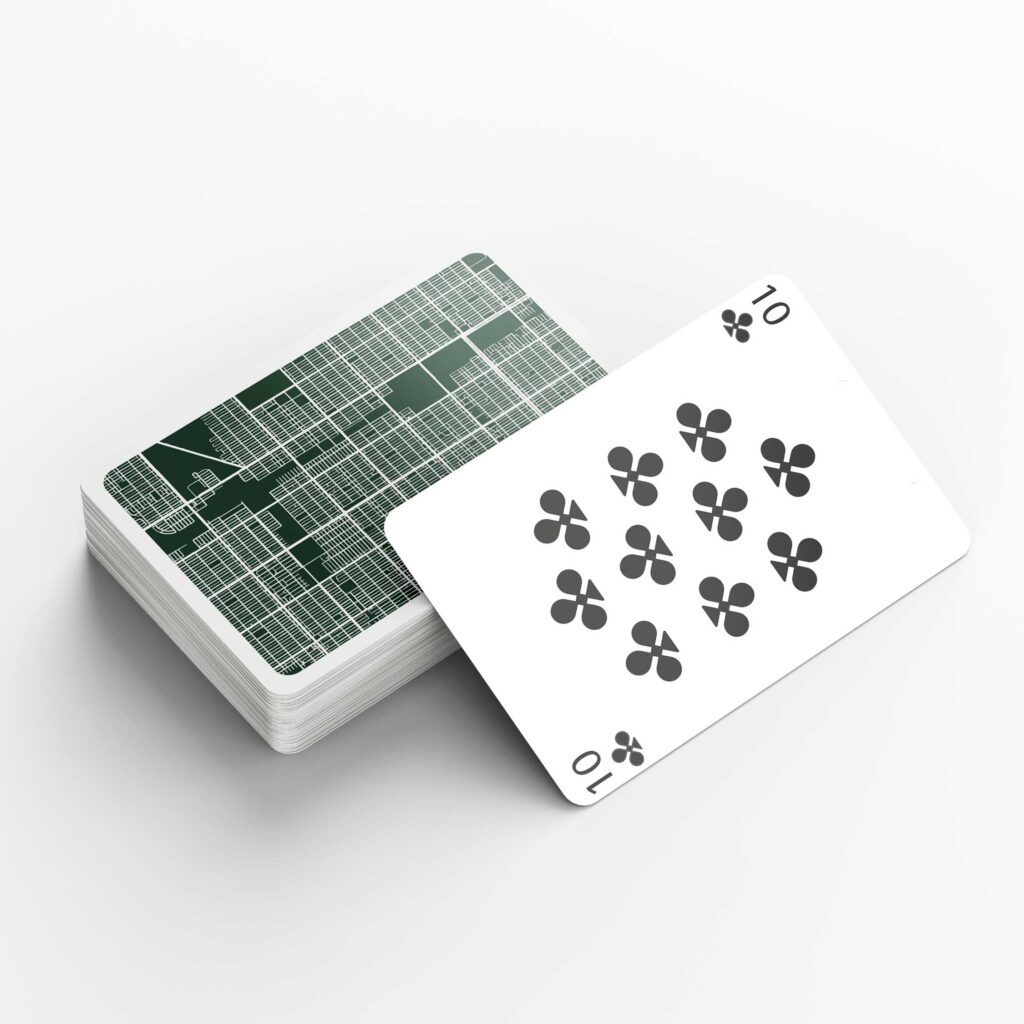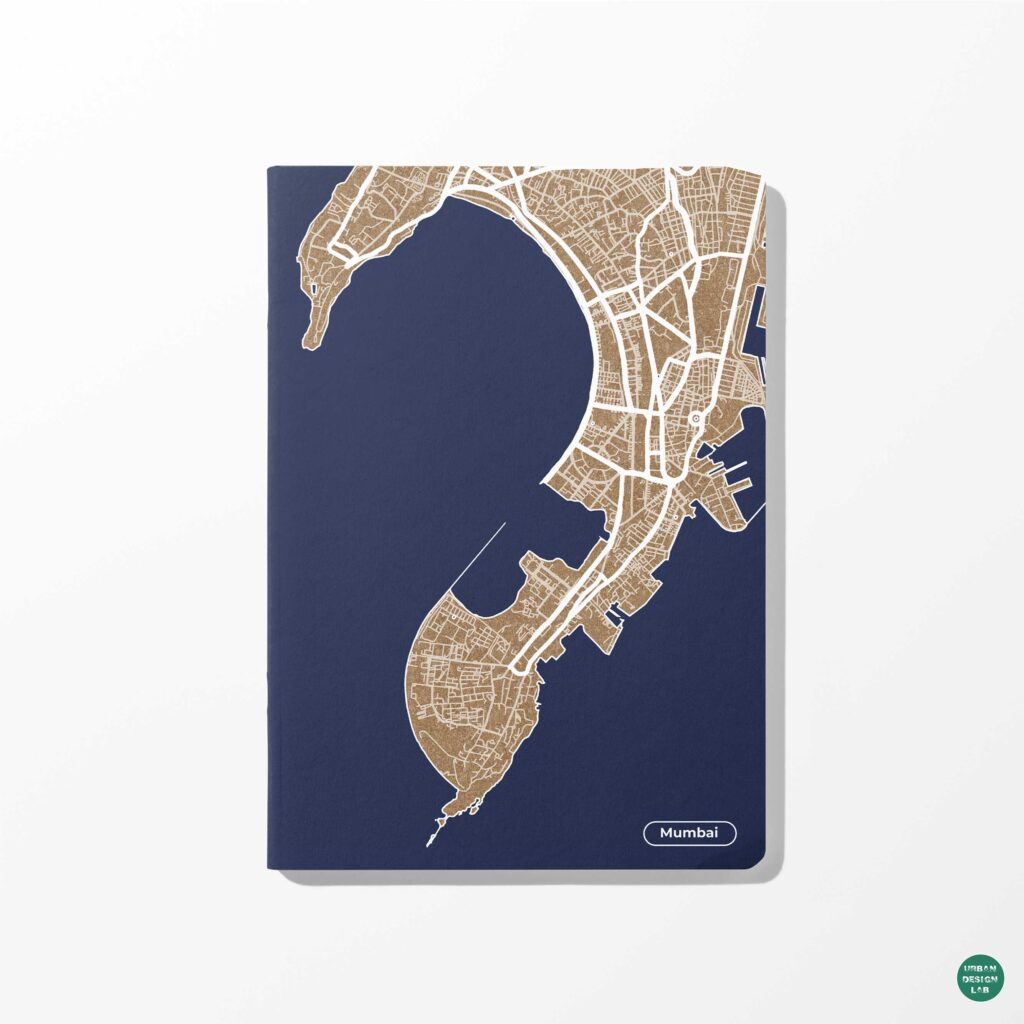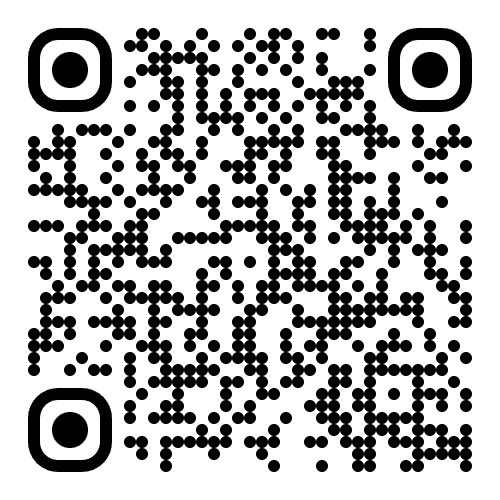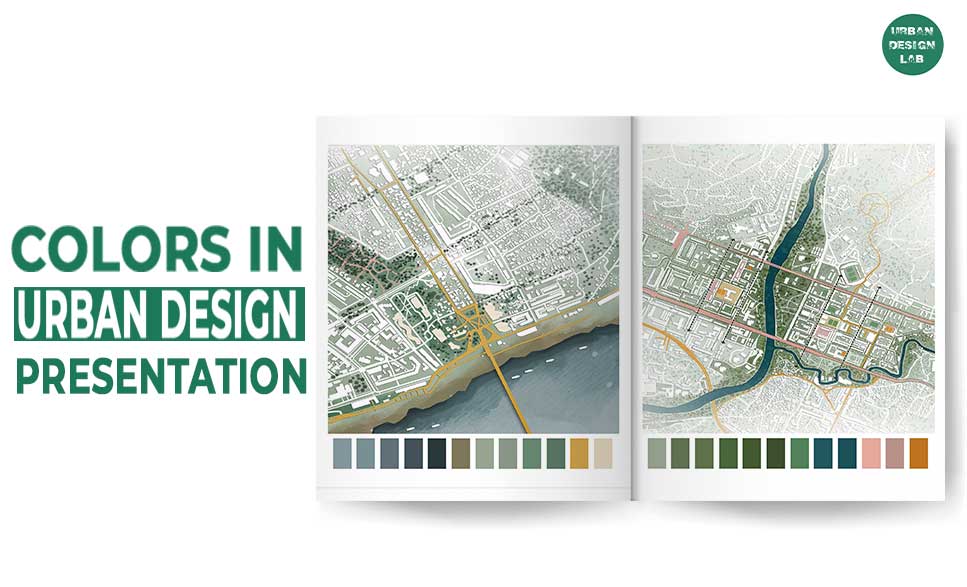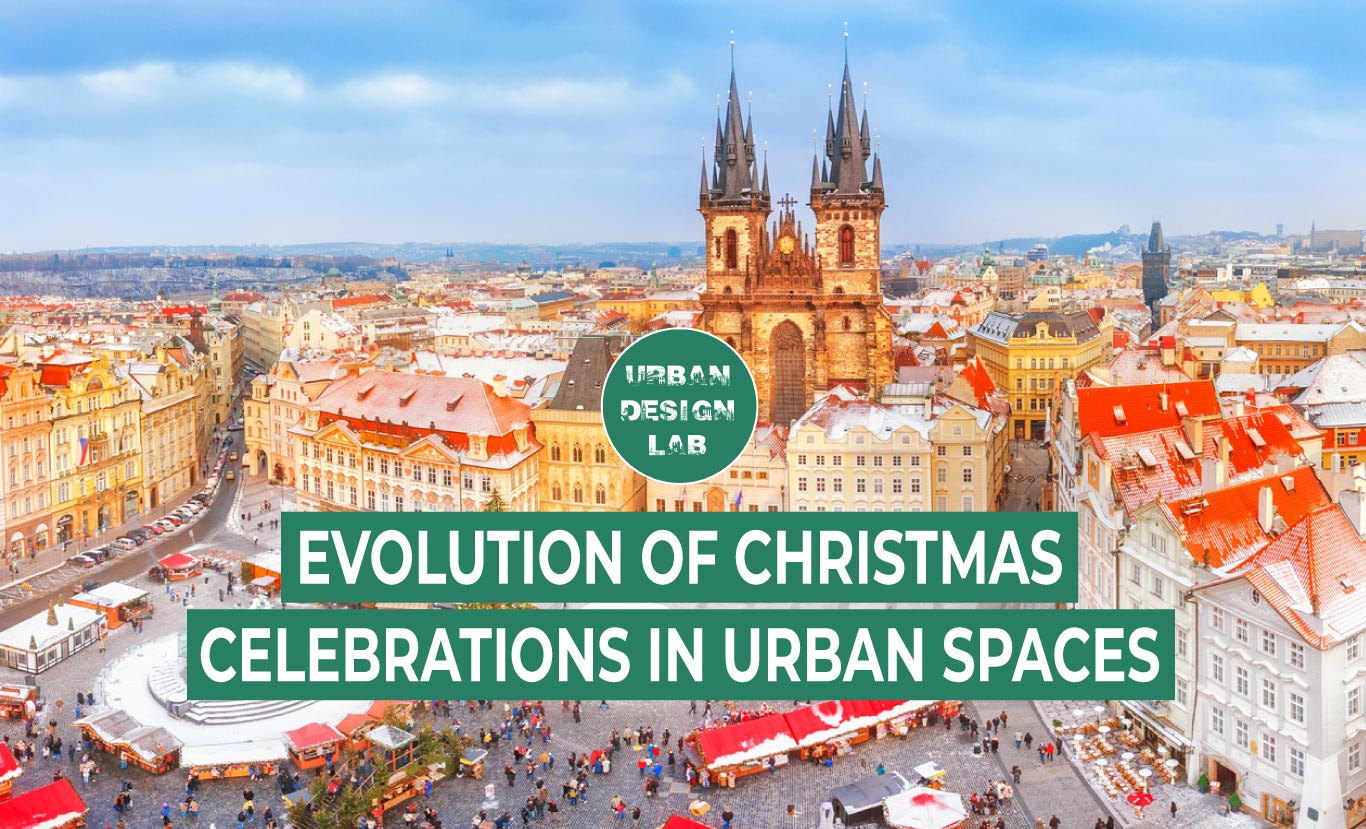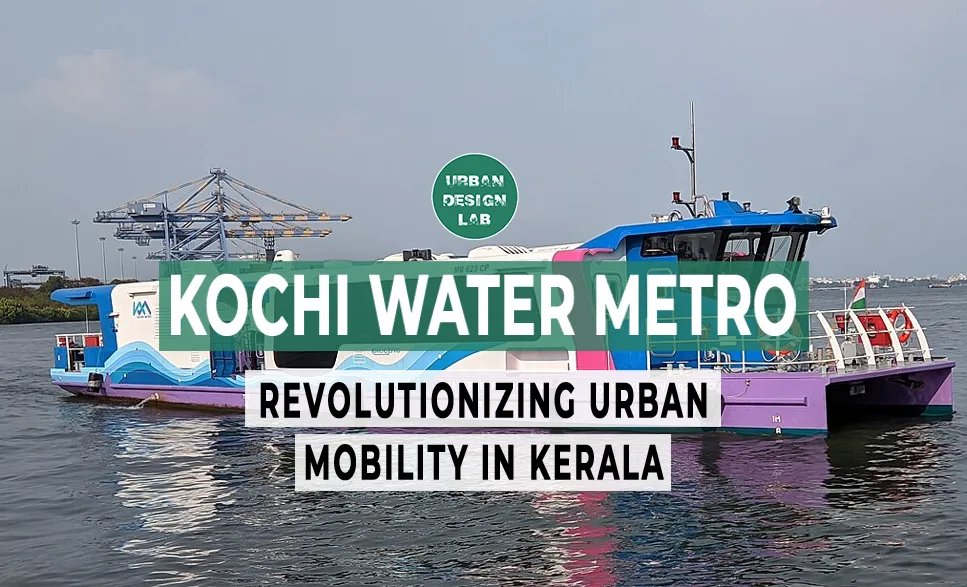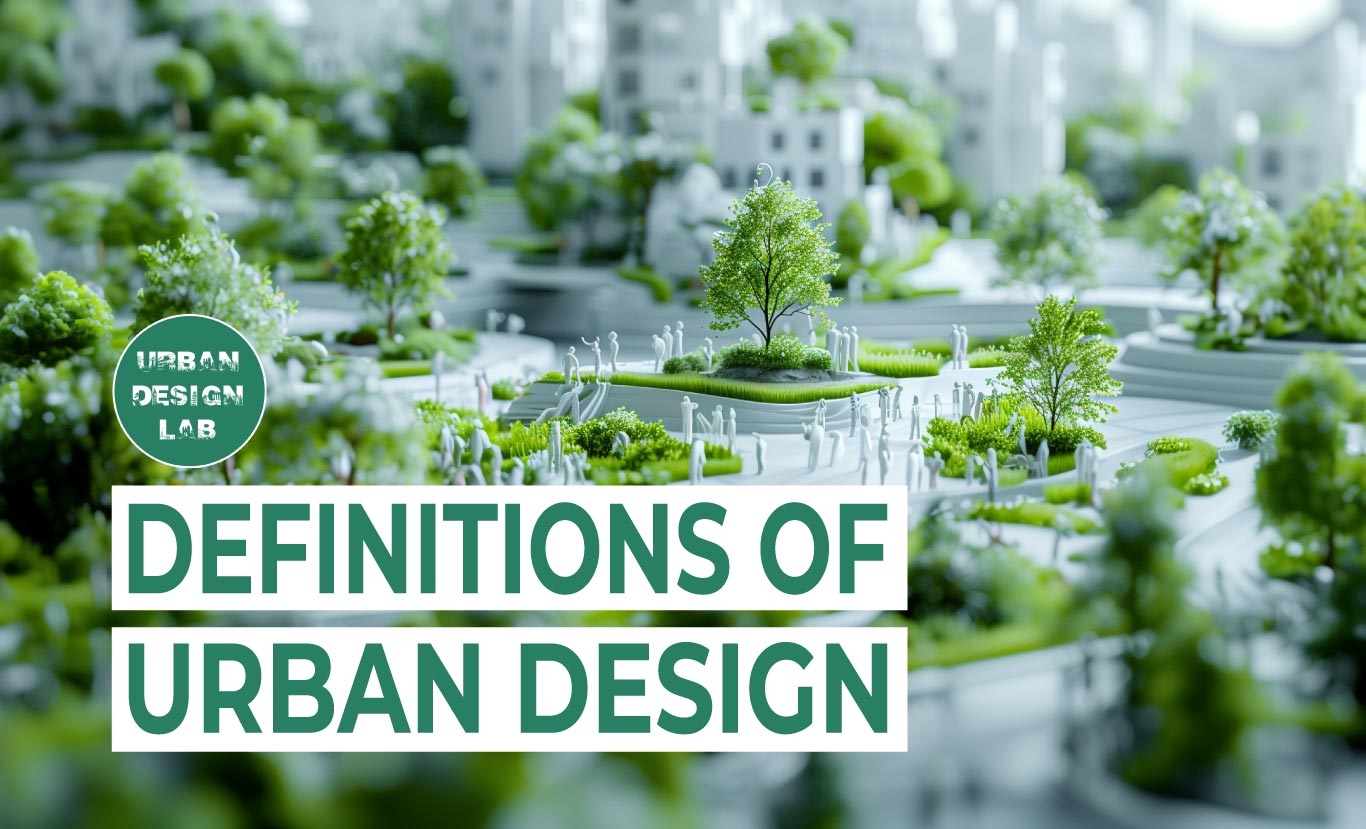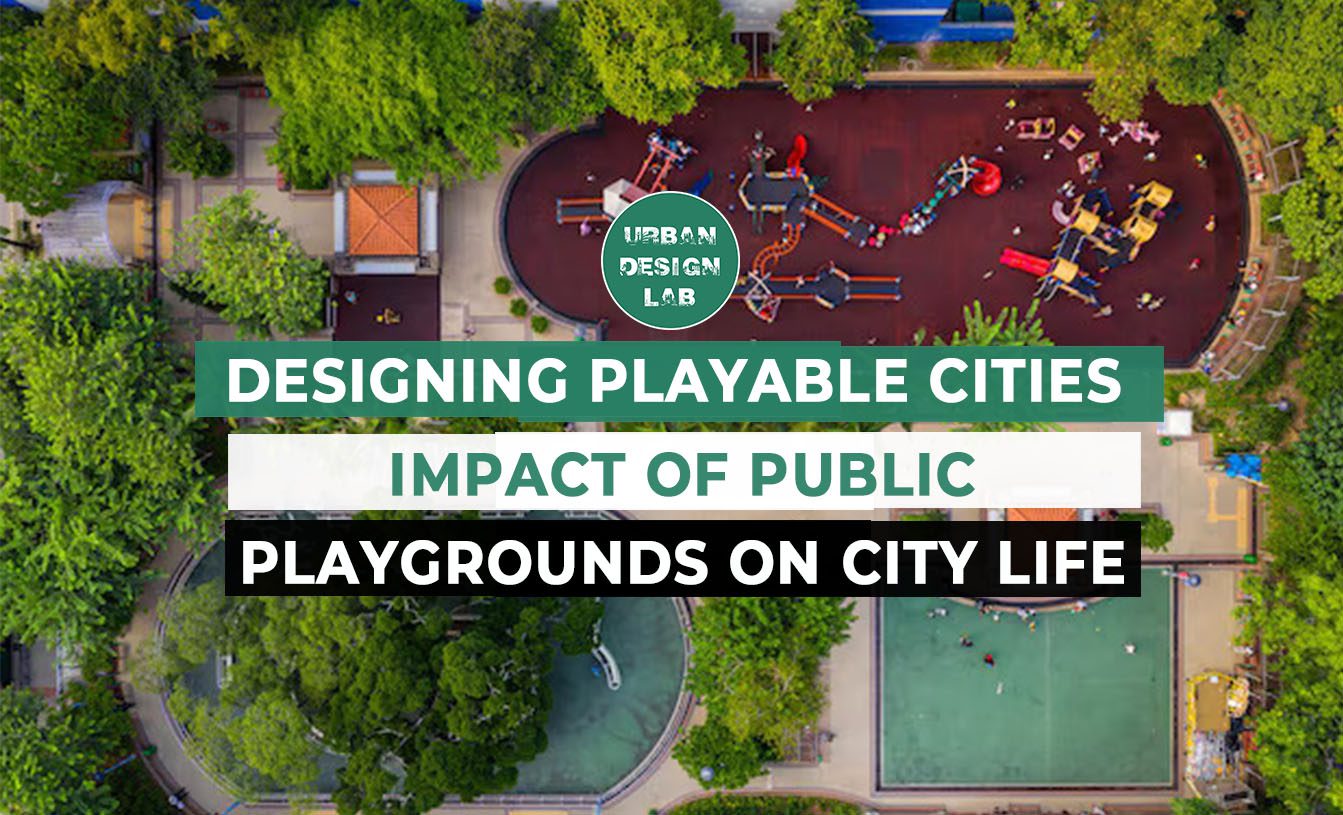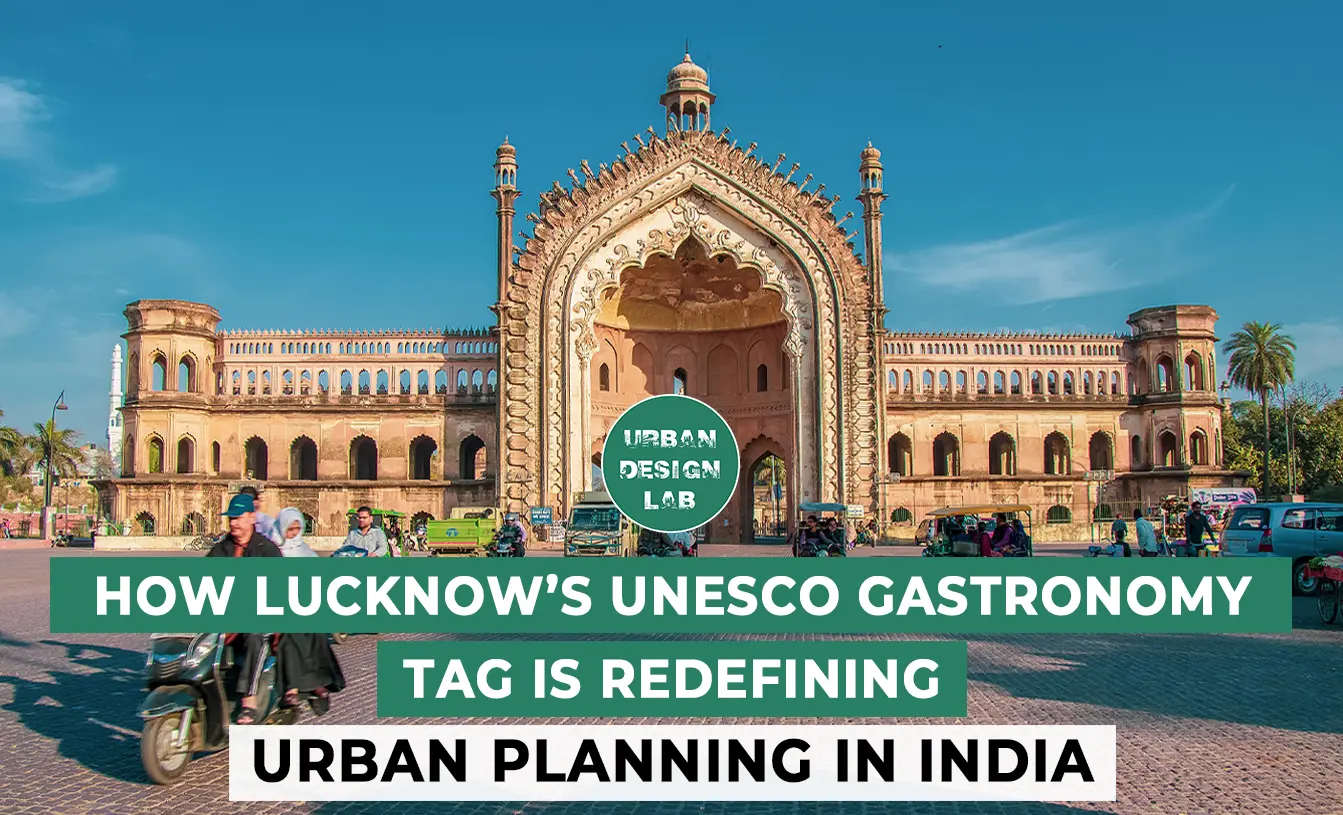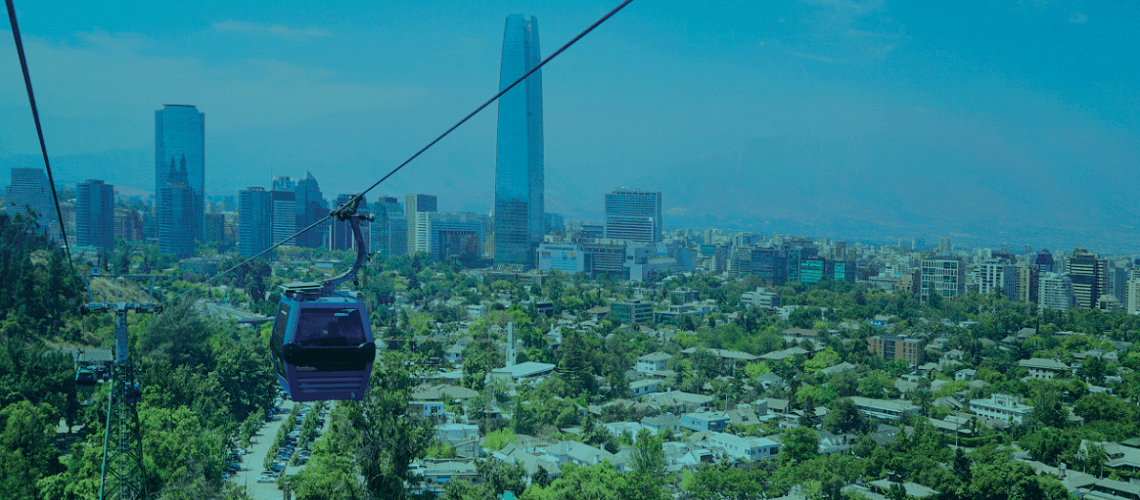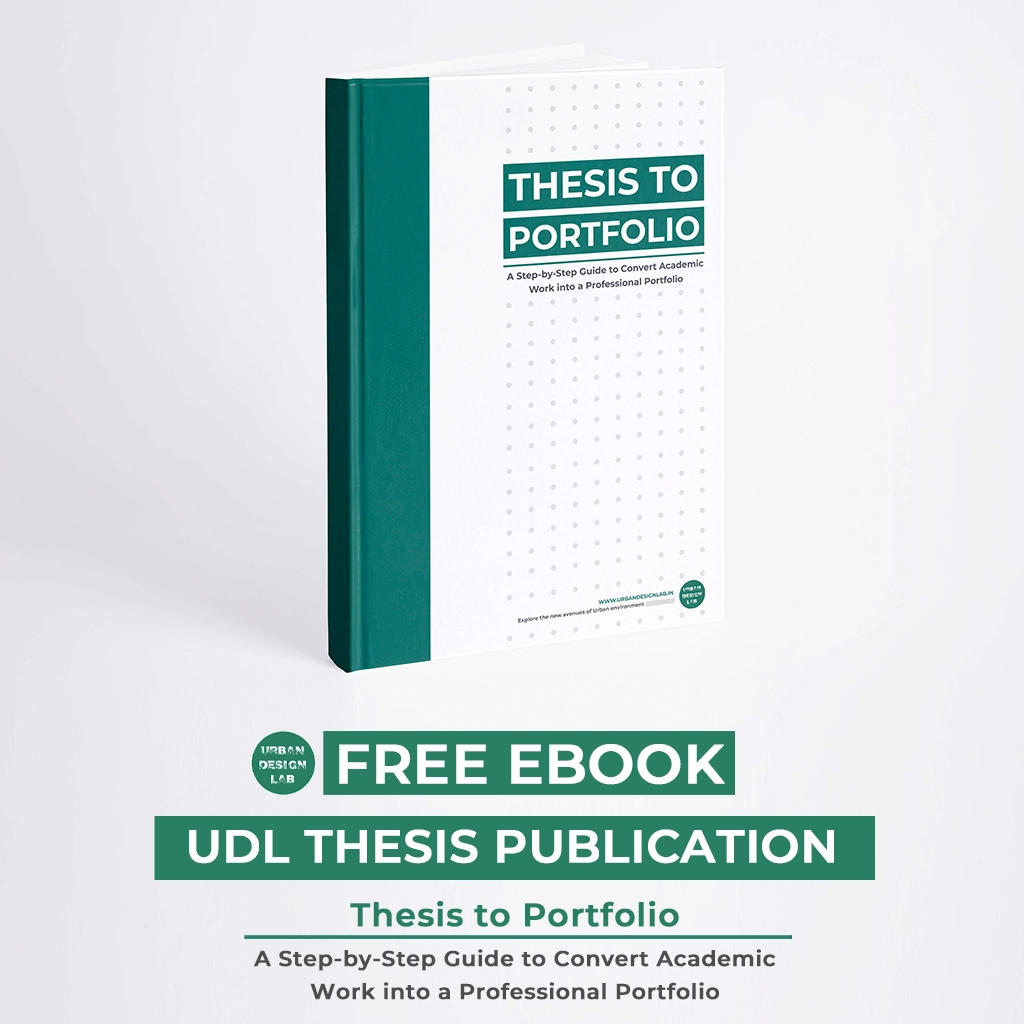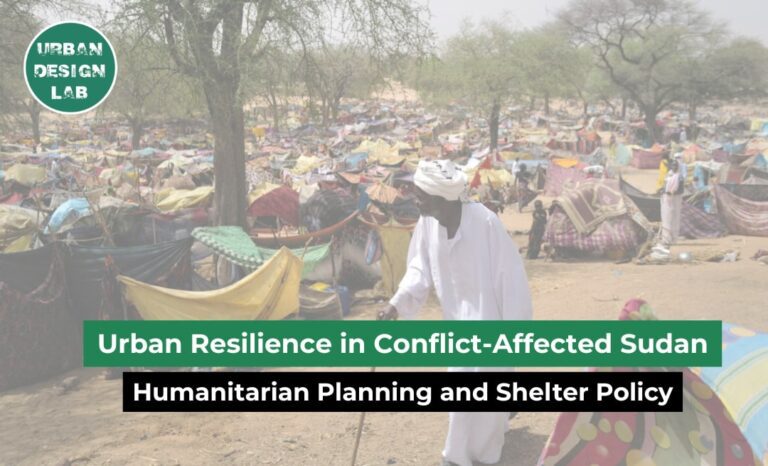
Digital Twins and Geo-Blockchain for Transparent Land Tenure Systems
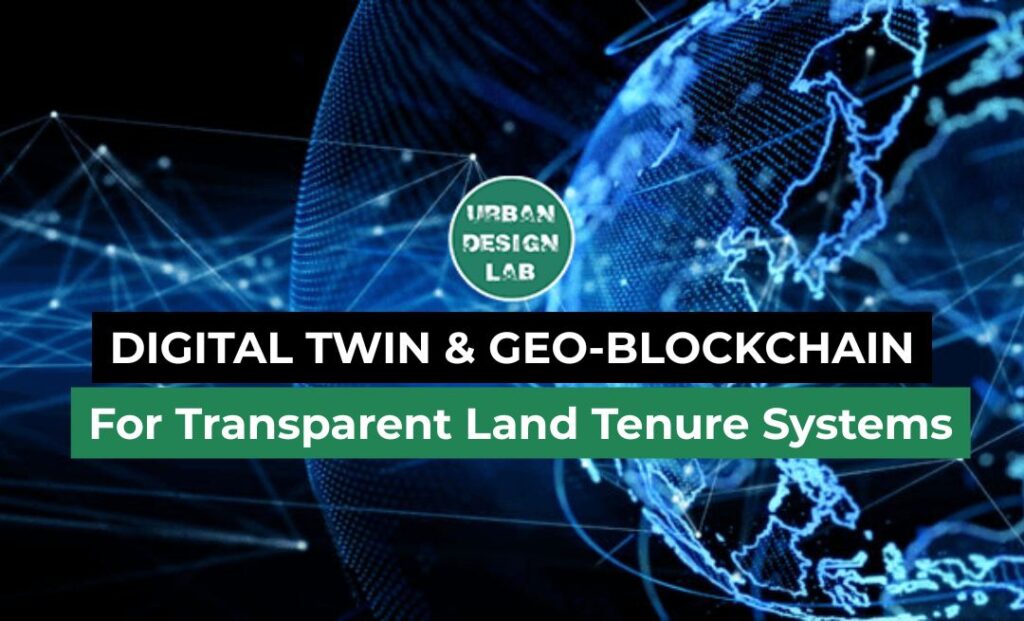
This article discusses the effective role of Digital Twin and Blockchain technologies in achieving transparent land tenure systems across urban and rural contexts. By addressing case studies—Shanghai and Rwanda—from both contexts, the article studies how these technologies can be adjusted according to the context in order to accomplish efficient, transparent, and trusted records. The article highlights the challenges and the solutions associated with each challenge in both contexts. It also addresses the benefits of applying Digital Twin and Geo-Blockchain with high-tech tools in urban areas and, on the other side, the benefits of using them with traditional tools in rural areas. By displaying the adaptability of the technologies, this article emphasizes the potential to achieve equity, sustainability, and trust in land tenure systems.
1. Introduction
In an era of rapid technological advancement, everyday emerging tools continue to ease the way we manage and interact with systems, including land tenure. Land tenure, which refers to the relationship between people and land, has faced -traditionally- significant challenges: inconsistent records, vulnerability to corruption, time consumption in documentation processes, and risks of data loss. These issues highlighted the need for innovative, secure, and transparent approaches to land administration.
Modern technologies are now suggesting solutions. Digital tools such as geospatial mapping, community-based surveying, and automated reporting have improved how land data is generated and maintained. Among these, Digital Twin technology stands out as a transformative innovation. It creates dynamic digital clones of physical assets, including land and infrastructure, while enabling real-time data integration and spatial analysis. Though the conceptual foundation of Digital Twins emerged in the 1960s, the term was formally introduced in 2002 and has since evolved into a powerful tool for land information management.
These technologies have the potential to reshape traditional land tenure systems, by strengthening land institutions, promoting equity and accountability, and reducing opportunities for fraud.
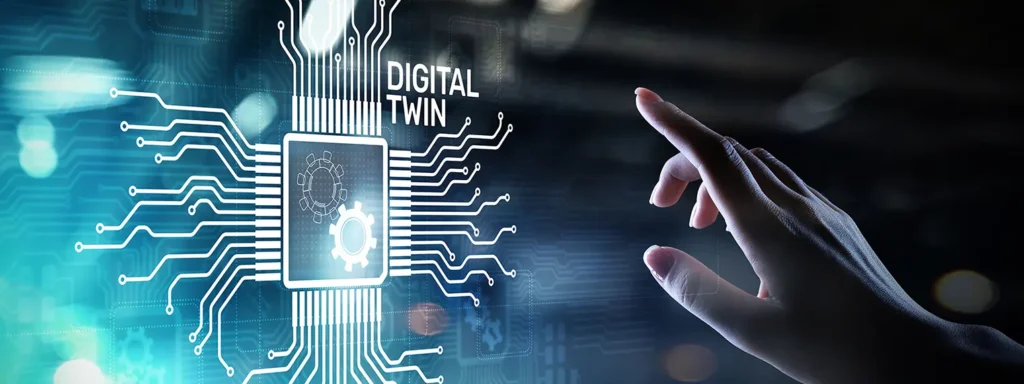
2. DIGITAL TWIN
A Digital Twin (DT) replicates real-world systems virtually, that integrates real-time data to produce actionable insights. This involves data collection, algorithms modeling, and connectivity to real-time data. The strength of DT lies not only in early issue detection but also in enabling the simulation and evaluation of potential solutions before implementation. This predictive capability reduces risk, enhances decision-making, and allows stakeholders to assess the impact of proposed changes on both people and land without physical trial and error.
Digital Twin technology extends beyond the built environment. It has shown precious value across multiple sectors, including construction, manufacturing, energy, healthcare, education, and social well-being. DT plays a critical role in advancing the Sustainable Development Goals (SDGs), especially in rural and low-income contexts. By monitoring agricultural productivity, land use, and food distribution in real time, it can support food security and equitable resource access resulting in reducing poverty. Notably, in the aftermath of the COVID-19 pandemic, which led to a significant rise in global poverty, DT applications were instrumental in identifying vulnerable regions, analyzing socio-economic conditions, and modeling long-term recovery strategies. These simulations contributed to more effective, data-driven interventions that mitigated the severity of the crisis.
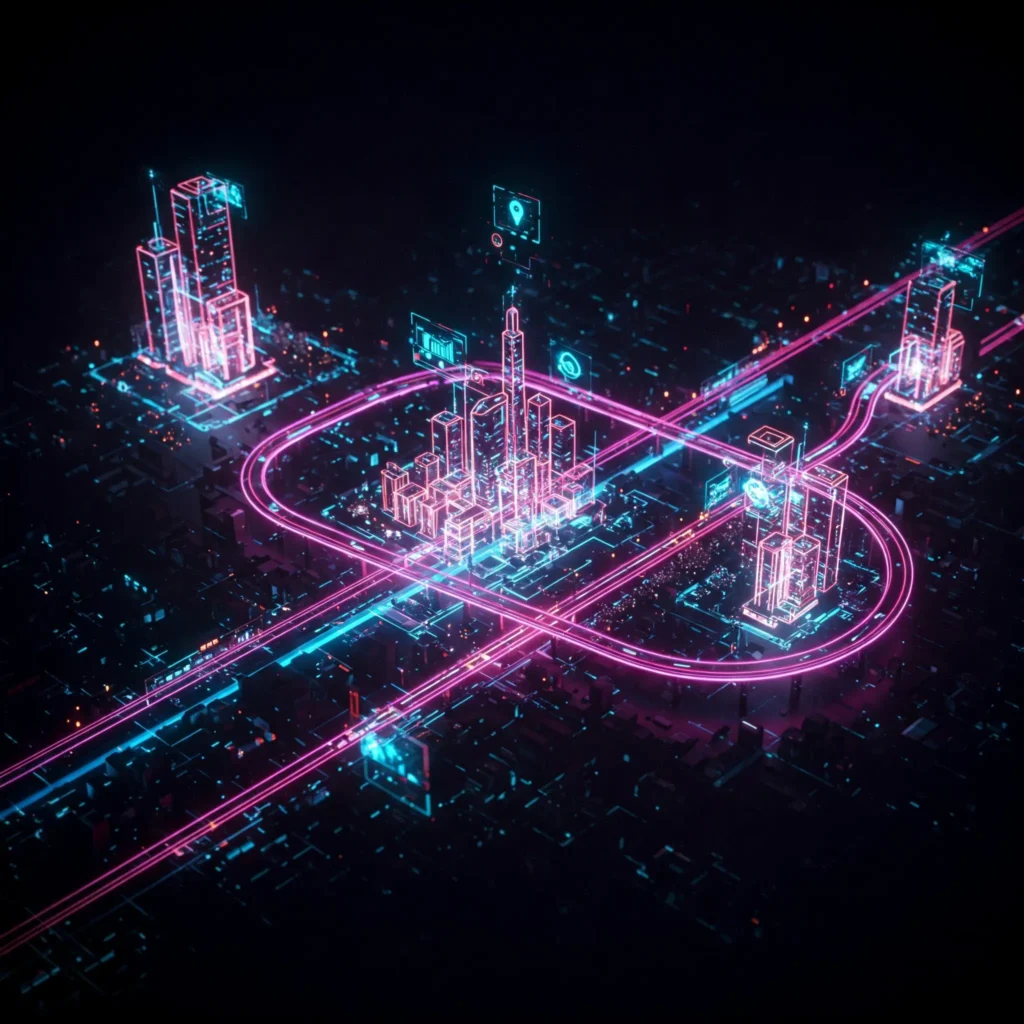
Source: Website Link
3. DIGITAL TWIN and Geo-Blockchain Integration
While Digital Twin technology has demonstrated significant potential, it still faces limitations in critical areas such as ownership verification, data integrity, and cybersecurity. These gaps underscore the need for complementary technologies, particularly Geo-Blockchain, which provides a secure and decentralized framework for managing land-related data. By integrating blockchain with geospatial systems, Geo-Blockchain ensures that the data supplying Digital Twins is tamper-proof, transparent, and verifiable across multiple stakeholders, including governments, institutions, and citizens.
The collaboration between Digital Twins and Geo-Blockchain enhances system reliability and promotes inclusive governance. This integration enables real-time monitoring, predictive maintenance, and responsive decision-making through cloud-connected platforms. Furthermore, it fosters citizen engagement by allowing individuals to participate in the verification and validation of spatial data. Incorporating social feedback loops and participatory mechanisms is essential to ensure transparency, accountability, and trust in land administration systems, especially in contexts where historical documentation has been fragmented or unjust.

Source: author
4. DIGITAL TWIN and Geo-Blockchain in Urban Cities
Digital Twins in urban areas play a critical role in monitoring infrastructure, while blockchain securely records data, tracks maintenance and execution, and ensures its security. Together, they enable modeling the entire city, considering all its elements and details, including ownership, zoning, and land usage. Within smart city frameworks, Blockchain ensures transparency and security of data, fostering trust in governance systems.
This real-time simulation assists in administering plots, roads, public spaces, and all the city components. DT simulates policy outcomes, including traffic, land ownership, and population growth. Additionally, it tests the possible changes virtually and studies their impact before adjusting in real life. It also detects big issues like flooding or earthquakes, allowing cities to take precautions to mitigate their harm.
These technologies have proved their essentiality in land tenure systems by their notable role in urban planning, public services delivery, housing markets, and public engagement in both small and large cities, while embedding full transparency to citizens, building trust, and accountability.
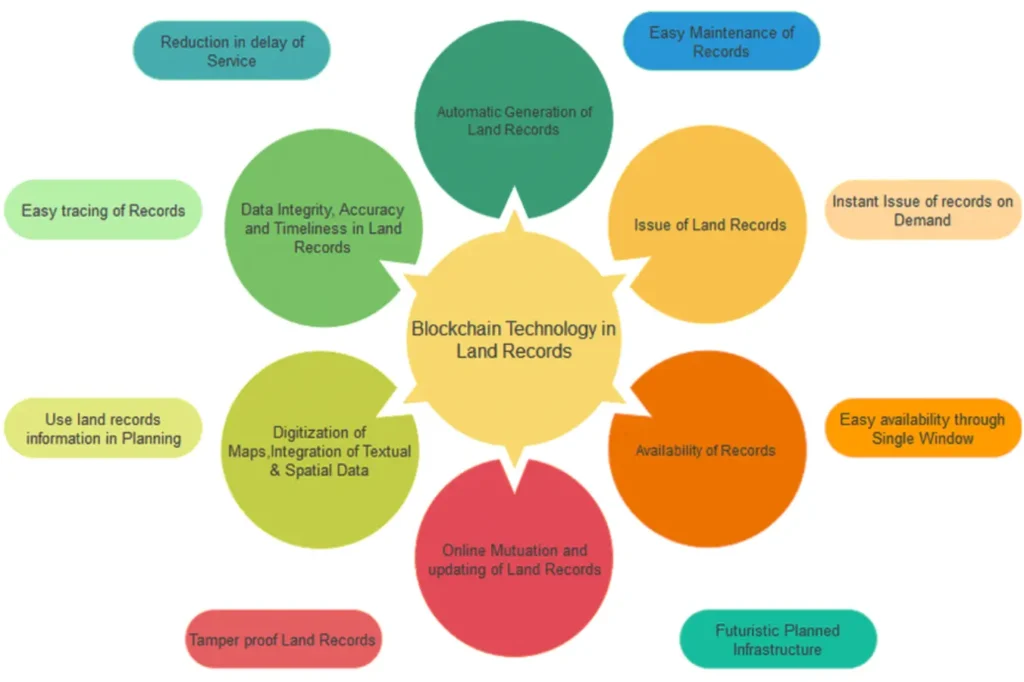
5. Case Study: Shanghai's Integration of Digital Twin and Blockchain Technologies
Shanghai is one of the cities that demonstrated the real effect of using DT and Geo-Blockchain in reshaping urban systems. The city started developing a city-wide Digital Twin platform in 2020, involving infrastructure, utilities, transportation, and public services. Then in 2023, the Blockchain was embedded into the system of DT to manage contracts in real estate, track land uses, and create secure records for each and every change in infrastructure.
After implementing those technologies, Shanghai witnessed an obvious improvement in infrastructure. With simulated changes in urban elements, it was easy to track, predict, and solve problems rapidly. It also facilitated collaborations between different departments by centralizing data and decision-making tools. Using Blockchain then reduced fraud and contributed to speeding up transactions. Moreover, smart buildings in Shanghai became easily managed, and accordingly, more were developed.
This case illustrates how a complex system like Shanghai’s can rise to another level when Digital Twins provide the brain, and Blockchain provides the memory and trust layer.
Now, citizens of Shanghai can interact with city services securely via mobile platforms that connect to the blockchain-based digital twin.
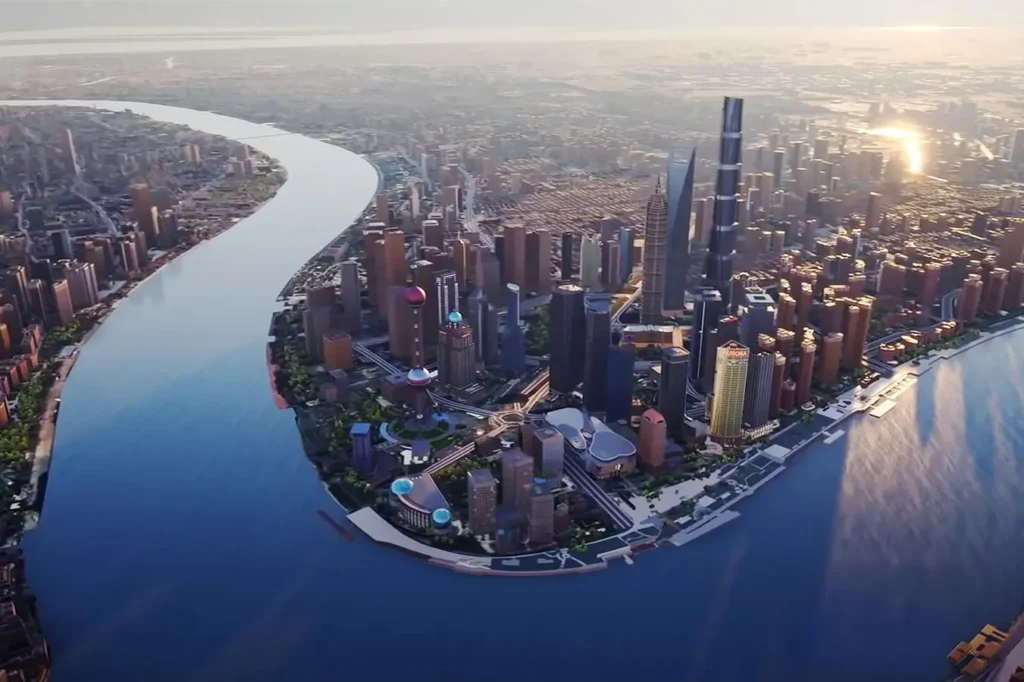
6. DIGITAL TWIN and Geo-Blockchain in Rural Areas
Digital Twin and Blockchain can be beneficial in any setup; they don’t require high-tech to be effective. Even in low-income and rural areas. According to the different conditions, special adjustments will be made. In rural areas, low-cost drones and mobile devices can be used instead of high-end equipment, and the traditional way of conducting surveys and documenting them to collect data, without the need for a complicated technique of high cost. In addition to reducing costs, this will encourage residents to engage from the start in the process, the thing that strengthens trust, ownership and reduces the need for hiring external staff for it.
Digital Twins can be broken down into layers in rural areas:
- A physical layer involves roads, buildings, and other infrastructures,
- A social layer associated with household size and income,
- An economical layer involving mobile money usage and business activity.
This structure will help with gradual updating for information, and integrating the usage of Geo-blockchain with the Digital Twin will allow security for all data without the need for a consistent internet through the feature of decentralization, while ensuring transparency in land tenure.

Source: author
7. Case Study: Rwanda's Integration of Digital Twin and Blockchain Technologies
Rwanda provides a compelling example of how Digital Twin (DT) and Blockchain technologies can be successfully applied in a low-income country with a rural population. With a partnership with Medici Land Governance, Rwanda began digitally mapping land parcels in rural areas using drones and GPS, which lays the foundation for a Digital Twin system. The data collected with Digital Twin and secured via Blockchain technology. This enabled residents to get formal land rights that were both legally recognized and accessible via mobile phones. The government significantly reduced the time and cost typically consumed in land-related processes by automating land registration through blockchain workflows. This not only improved data access but also empowered farmers: with secured land titles, many could use their land as collateral for loans, boosting investment in agriculture and local economies.
The Digital Twin system also provided spatial data for planning rural infrastructure, water management, and optimizing agricultural activities, which led to increased productivity and spread satisfaction among residents. The inclusion of Blockchain reinforced trust and transparency, ensuring the security of all land information.
By combining DT and Blockchain, Rwanda has built a scalable, transparent, and inclusive land administration system that supports rural development and economic empowerment.
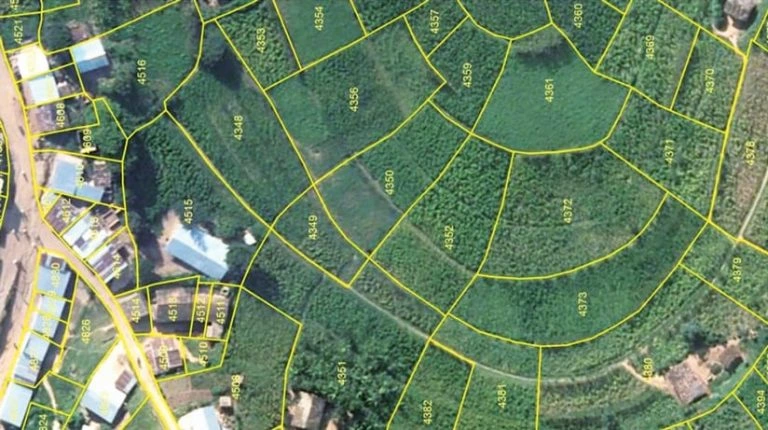
Conclusion
The integration of Digital Twin and Geo-Blockchain technologies introduces a new way of managing land tenure and securing it in all circumstances -urban and rural areas- with different means. Turning from inefficient and inconsistent data, the tendency to corruption, and the loss of data to secure data and real-time replicas detects the present and the future.
In Urban contexts, many cities demonstrated the full potential of integrating Digital Twin and Geo-Blockchain, and how it enhances all service sectors, promotes infrastructure, and builds residents’ trust. In contrast, rural implementations prove how it is possible to adapt these technologies to suit the rural restrictions with basic tools to result in well-collected and secured records.
Whether in the urban and developed cities or in the rural areas, Digital Twin and Geo-Blockchain provide consistent, secure land data. This integration contributes significantly to elevating the quality of life and achieving sustainable development goals, to reach resilient communities.
References
FAO. (2002). Land tenure and rural development (FAO Land Tenure Studies No. 3). Food and Agriculture Organization of the United Nations.
UN-Habitat. (2021). Land tenure and sustainable agri-food systems. United Nations Human Settlements Programme (UN-Habitat). https://unhabitat.org/land-tenure-and-sustainable-agri-food-systems
Tyagi, A. K., Kumari, S., & Surve, T. (2024). Integration of Digital Twin and Blockchain for Smart Cities. Digital Twin and Blockchain for Smart Cities, 81-100.
Samanta, S., Sarkar, A., & Bulo, Y. (2022). Secure Smart City Infrastructure Using Digital Twin and Blockchain. In Lecture notes in networks and systems (pp. 367–375).
Cordes, D., Sefah, P., & Marinova, D. (2024). Developing digital twins of urban low-income communities in Sub-Saharan Africa: a case study in Ghana, West Africa. Discover Analytics, 2(1).
Helbing, D., & Sánchez-Vaquerizo, J. A. (2022). Digital Twins: potentials, ethical issues, and limitations. SSRN Electronic Journal.
Yu, P., Zhao, Z., & Sampat, M. (2022). How digital twin technology promotes the development of smart Cities. In Advances in civil and industrial engineering book series (pp. 198–227). https://doi.org/10.4018/978-1-6684-3833-6.ch008
Wilhelm, A. (2019). Rule of Law 4.0: Blockchain technology and the development of legal institutions in Africa. SSRN Electronic Journal.
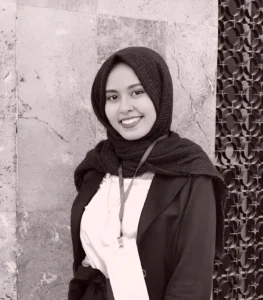
Asma Alhassan
About the Author
Asma Alhassan is an architecture graduate from the University of Khartoum, Sudan, with a focus on urban design, research, and visual communication. Interested in exploring creative ways to enhance comfort and livability. She has contributed to studies on architectural and social issues and participated in fieldwork and spatial analysis. Asma brings a multidisciplinary perspective to her work.
Related articles

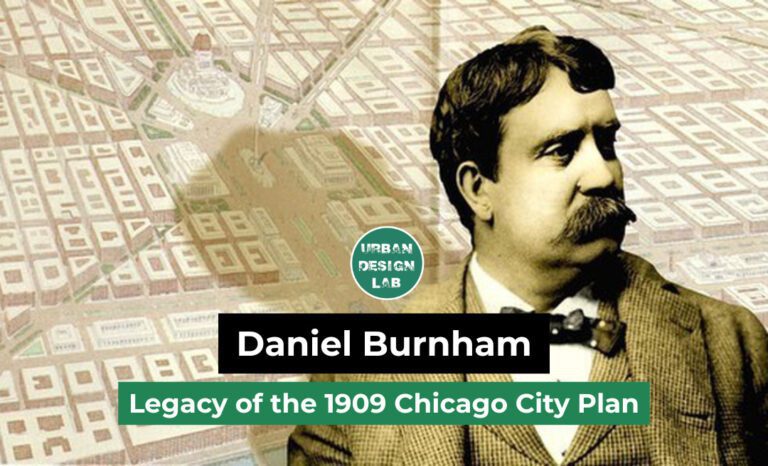
Daniel Burnham – Legacy of the 1909 Chicago City Plan
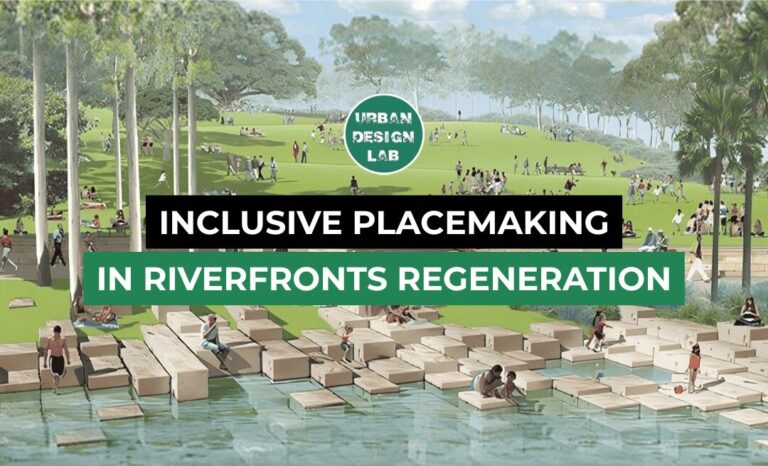
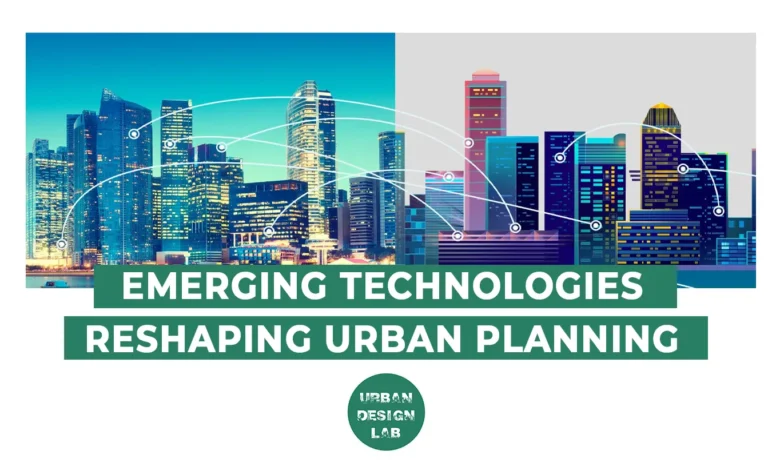
Emerging Technologies Reshaping Urban Planning
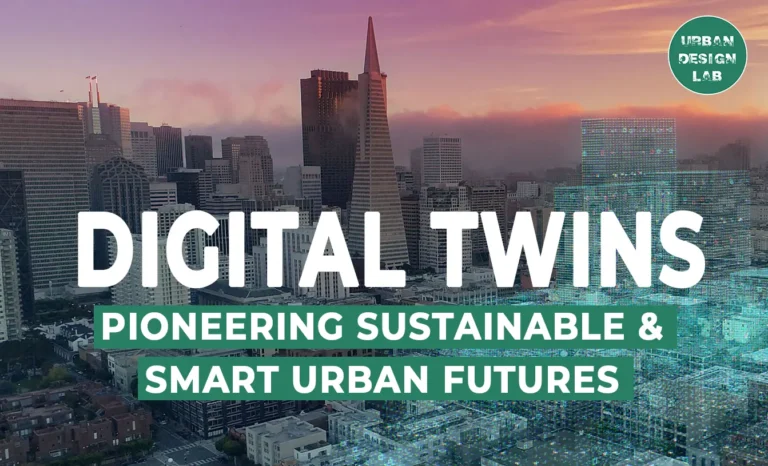
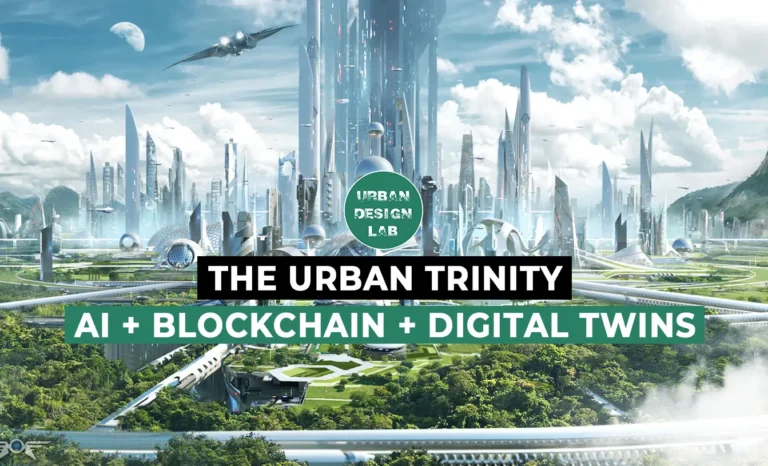
UDL Illustrator
Masterclass
Visualising Urban and Architecture Diagrams
Session Dates
17th-18th January 2026

Urban Design Lab
Be the part of our Network
Stay updated on workshops, design tools, and calls for collaboration
Curating the best graduate thesis project globally!
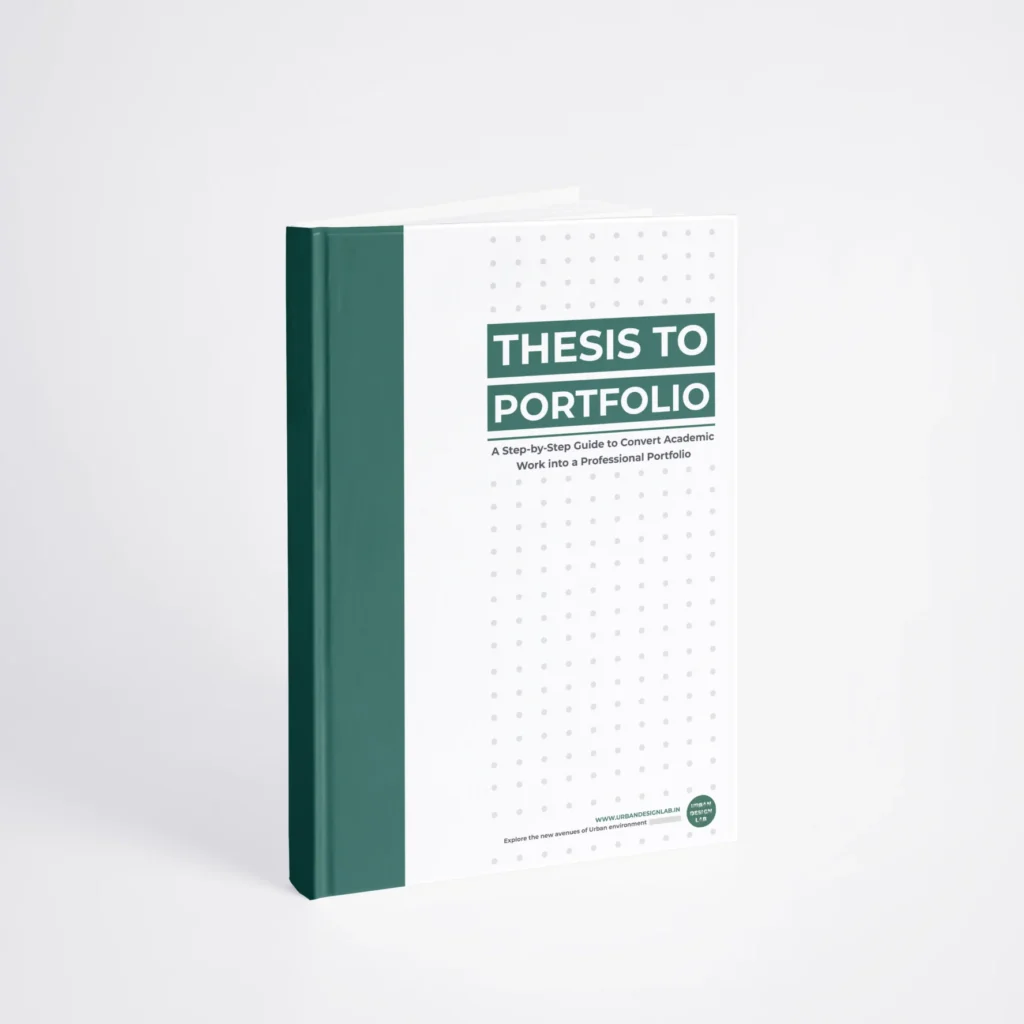
Free E-Book
From thesis to Portfolio
A Guide to Convert Academic Work into a Professional Portfolio”
Recent Posts
- Article Posted:
- Article Posted:
- Article Posted:
- Article Posted:
- Article Posted:
- Article Posted:
- Article Posted:
- Article Posted:
- Article Posted:
- Article Posted:
Sign up for our Newsletter
“Let’s explore the new avenues of Urban environment together “
